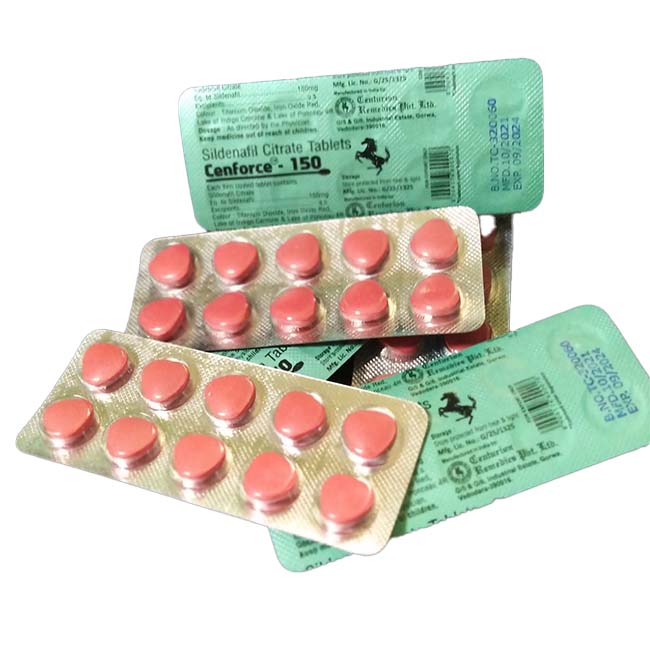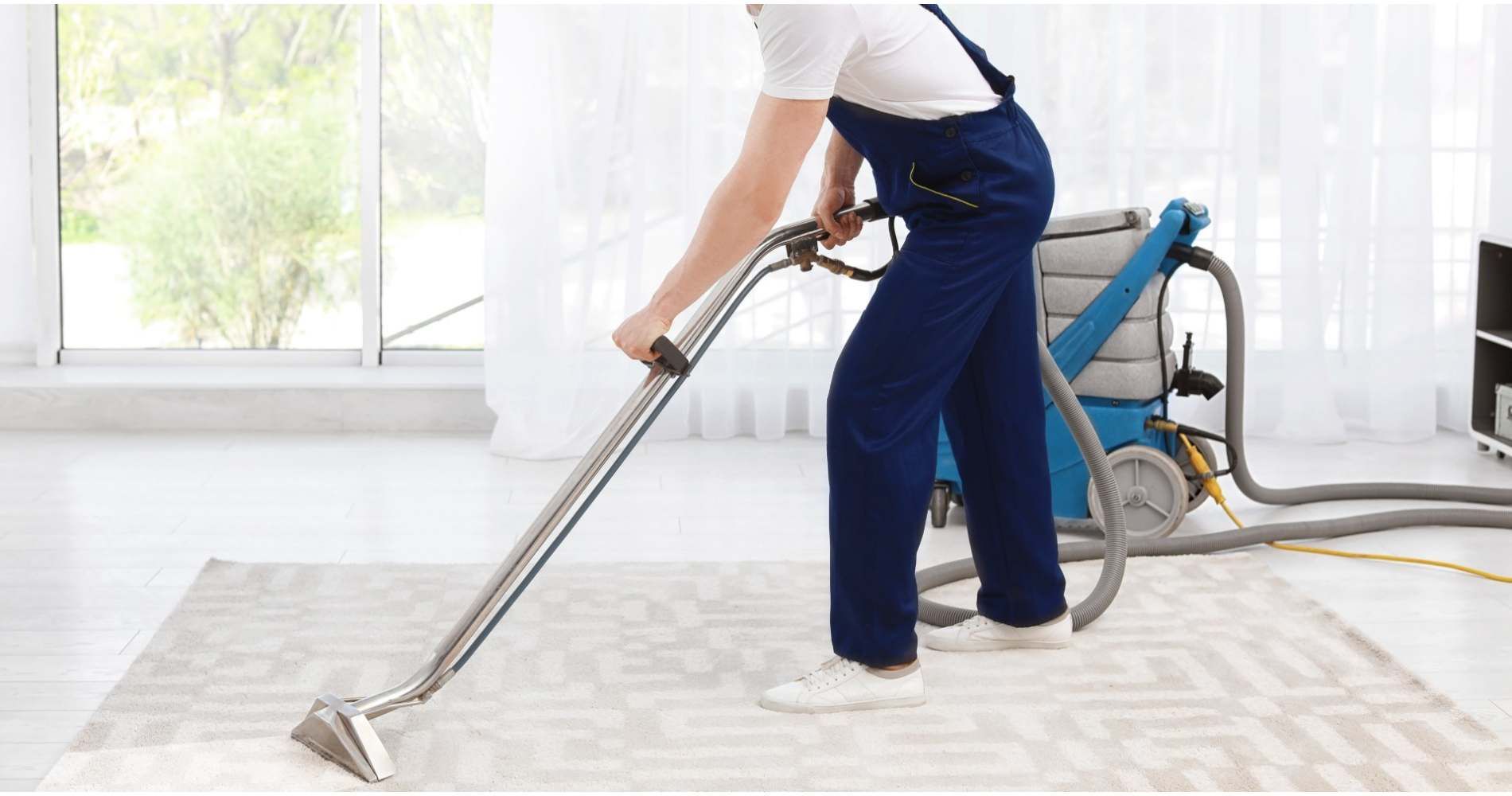Maintaining a clean and healthy home involves more than just regular tidying and cleaning. Deep cleaning is critical to ensuring that all surfaces, nooks, and crannies are meticulously cleaned and disinfected to eliminate all dirt and germs. A more comprehensive approach is required to achieve a thorough cleaning, such as using specialized cleaning solutions and detergents.
Hiring a professional cleaning service can be an excellent option if you desire a more professional and efficient deep cleaning Vancouver, BC of your home. This comprehensive guide will provide advanced tips and tricks to help you deep clean your home effectively in 2023, ensuring a healthier and more hygienic living environment. To commence deep cleaning your home, it is recommended to follow a series of steps:
Create a Deep Cleaning Plan
The first step to undertake before deep cleaning your home is to devise a plan. Begin by crafting a checklist of all the tasks that need to be completed. This will ensure you don’t miss any crucial tasks and keep you on track.
Prioritize the tasks on your list based on their significance and available time. For instance, if you have limited time, focus on cleaning the frequently used areas, such as the kitchen and bathrooms.
Assemble the Necessary Supplies and Tools
After creating a task list, the next step is to gather all the necessary supplies and tools required for cleaning. This may include cleaning agents like an all-purpose cleaner and cleaning tools such as a mop, scrubber, broom, duster, vacuum, etc. All the essential tools will make your cleaning process more manageable and effective.
Start With Cleaning Certain Areas In Your House
It’s time to start significant cleaning once you have a plan in place. Here are some cleaning suggestions for particular parts of your house.
- The Kitchen
Given that it is where food is cooked, the kitchen is one of the most crucial rooms to clean. Clean the kitchen appliances first, including the stove, oven, and refrigerator. Then proceed to the flooring, cabinets, and countertops. Use dish soap and warm water to scrub the countertops thoroughly. Use warm water and vinegar solution on cabinets. Use warm water and a light detergent mixture for floors.
- Bedrooms
Dust mites can accumulate in bedrooms, so cleaning the beds and floors is important. Vacuum the mattress to remove dust mites and other allergens, and wash linens and pillows in hot water to kill bacteria and germs. Use a vacuum or broom to remove dust and debris from floors.
- Living Areas
Deep clean furniture, including upholstery and cushions, using warm water and mild detergent. Vacuum or sweep floors to remove dust, dirt, and pet hair. Use specialized cleaning solutions for stains and odors on upholstery.
- Exterior Deep Cleaning
To keep the exterior of your home clean, pressure wash hard surfaces like concrete and use mild detergents on wood and composite decking. Wear protective gear when using more robust cleaning solutions like trisodium phosphate. Seal the surface after cleaning to make future cleaning easier and protect against wear and tear.
- Bathrooms
Bathrooms should also be thoroughly cleaned because they can store bacteria and other germs. Clean the bathroom sink, shower, and toilet first. Following this, proceed to the floors. To clean the toilet, use a brush and toilet bowl cleanser.
Use warm water and light detergent for the washbasin, shower, and tub. Use warm water and a cleaning agent made for tile or vinyl for cleaning flooring.
Appliances Deep Cleaning
Cleaning large appliances like stoves and refrigerators requires removing all the burners and grates and wiping them down with mild detergent. For refrigerators, it’s important to unplug them, empty the shelves, and wipe down the interior surfaces with a damp cloth and mild detergent. Small appliances like microwaves and coffee makers also need regular cleaning. For microwaves, wiping down the interior walls, ceiling, and turntable with a damp cloth and heating a bowl of water and vinegar for five minutes can help remove stubborn grime. Running a mixture of water and vinegar through the machine for coffee makers can help remove calcium and other deposits.
The Final Bottomline
Hiring a professional deep cleaning service has numerous advantages. Professional cleaners have the expertise and tools to tackle even the toughest cleaning tasks and can often complete the job more quickly and efficiently than homeowners can. They also have access to high-quality cleaning products not available to consumers. Deep cleaning service includes a comprehensive range of tasks like scrubbing and wiping surfaces in the kitchen and bathrooms, vacuuming, dusting, bedmaking, dishwashing, balcony cleaning, and more.
Deep cleaning is vital for maintaining a healthy and clean home. While it’s possible to do it yourself, hiring a professional cleaning service can provide many benefits and give you peace of mind knowing your home is being cleaned to the highest standards.
Frequently Ask Questions:
Q: What is deep cleaning?
A: Deep cleaning involves a thorough cleaning of your home, including hard-to-reach areas that are often overlooked during regular cleaning. This includes cleaning areas such as behind appliances, inside cabinets and drawers, and under furniture.
Q: Why is deep cleaning important for a healthier home?
A: Deep cleaning helps to remove dust, dirt, and other allergens that can accumulate over time and affect the air quality in your home. This can improve indoor air quality and reduce the risk of allergies and respiratory problems.
Q: What are some efficient deep-cleaning techniques?
A: Some efficient deep cleaning techniques include using a steam cleaner to clean carpets and upholstery, using a HEPA filter vacuum to remove dust and allergens from floors and surfaces, and using a microfiber cloth to clean surfaces and appliances.
Q: How often should I deep clean my home?
A: The frequency of deep cleaning depends on factors such as the size of your home, the number of occupants, and the level of foot traffic. Generally, deep cleaning should be done at least once every six months.







